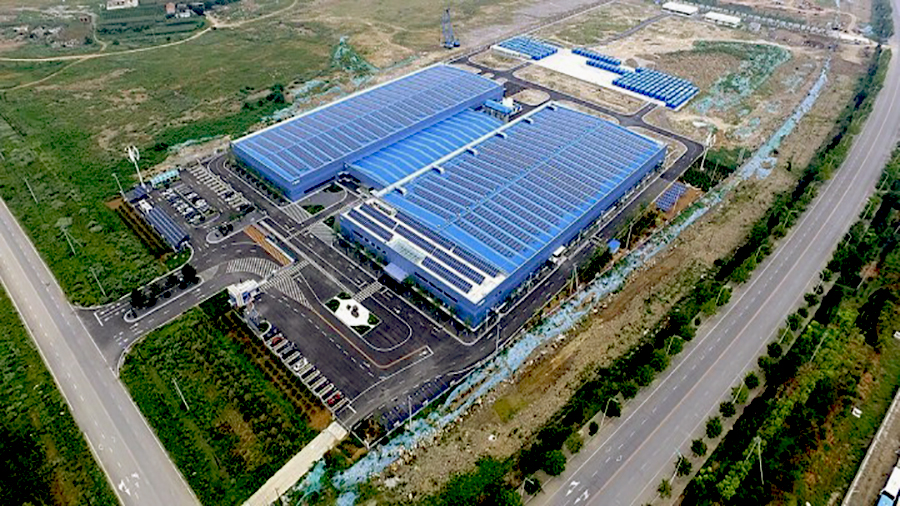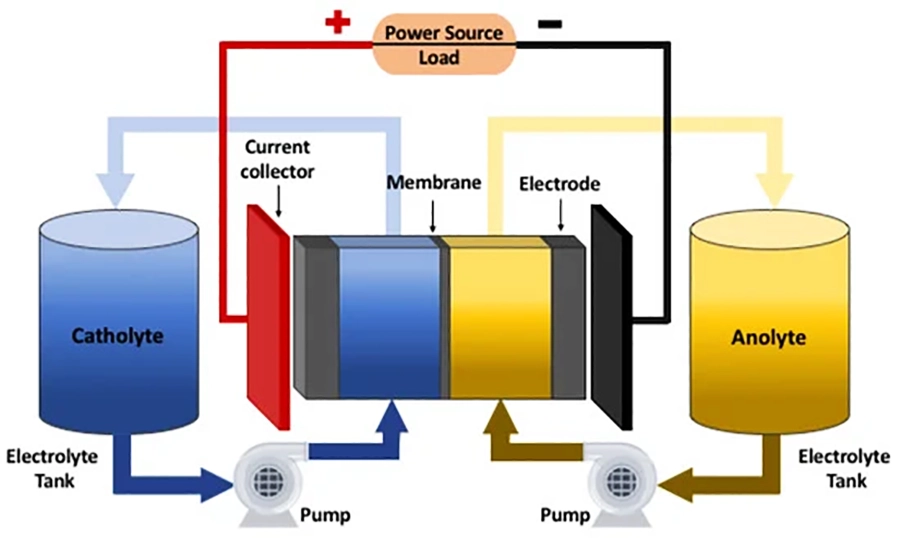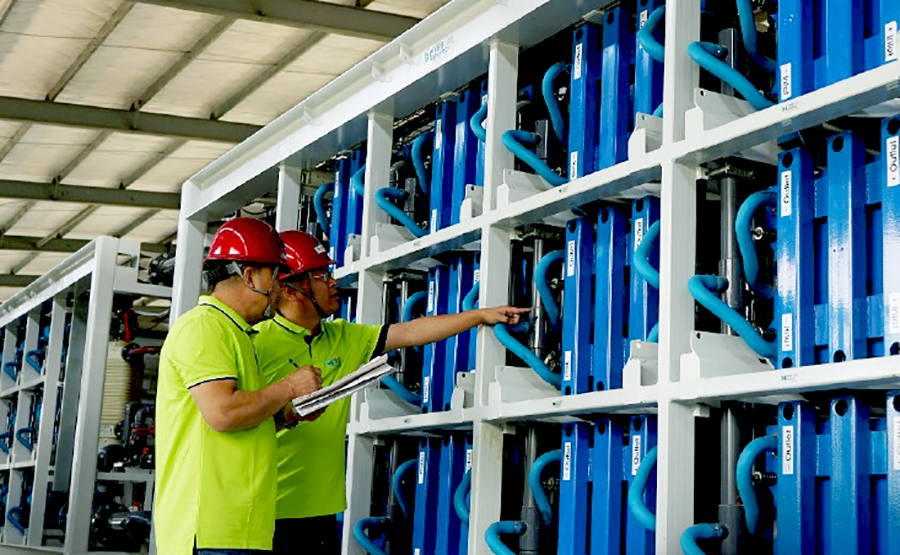This is a huge development, promising a major advance in the use of electrochemical cells, using chemical energy provided by two components dissolved in liquids. These batteries add to the capacity of renewable energy technologies by storing the energy produced on an industrial scale. Stored energy can then be connected to power plants and released on transmission grids. The Dalian facility eclipses anything produced in the word to date. Andy Colthorpe has written about this (Energy Storage News 21 July 212022). But it is the VRFB battery that is stealing the show.
The biggest project of its type in the world today. The VRFB project’s planning, design and construction has taken six years. It was connected to the Dalian grid in late May 2022, according to a report this week by the China Energy Storage Alliance (CNESA) industry group.
The system is in Daliab City’s shahekou District, which is in Liaoning Province in northwestern China. It will contribute to lowering the peak load on the grid in Dalian City and could even play a role at provincial level, improving power supply and the capability to connect new generation sources like renewable energy to the grid. He adds the details, including the partnerships that have facilitated projects in China and other countries.

Photo from VRB Energy: VRFB energy storage system in Dalian City
VRFB developer and manufacturer Rongke Power supplied the battery technology. The company is a spin-off from the Dalian Institute of Chemical Physics of the Chinese Academy of Sciences and the institute has overseen the project through doctoral supervisor and head of its energy storage department Li Xianfeng.
Rongke Power had been cited to be working with US-headquartered flow battery technology company UniEnergy Technologies on the project previously, but that company’s Chapter 11 bankruptcy was widely reported late last year and even its website now appears to be offline.
An update on the project’s progress which was issued in June by the trade group Zhongguancun Energy Storage Industry Alliance from Beijing said the VRFB technology was developed by the Dalian Institute of Chemical Physics team.
Together, the academics have worked with Rongke Power on almost 40 commercial demonstration flow battery projects including projects both in China and overseas, such as a 10MW/50MWh system which was the world’s biggest when completed in 2013 and a 10MW/40MWh project at a wind farm.

Diagram from MDPI: Scheme of the redox flow battery used in the Dalian project
Previously, the biggest flow battery installation in the world was a 15MW/60MWh system deployed in 2015 in northern Japan by Sumitomo Electric. Sumitomo Electric brought online a second, 51MWh large-scale system in April this year, but has so far largely been unable to scale up.
However, the Dalian project is, as well as being a demonstration project and part of a wave of large-scale VRFBs China is looking to deploy, only at its first phase of construction. A second phase will bring it up to 200MW/800MWh.
It was the first project to be approved under a national programme to build large-scale flow battery demonstrations around China in 2016 as the country’s launched an energy storage policy strategy. It is thought that various factors including unexpected volatility in the price of vanadium and demand for the metal in other industries like construction had slowed the programme.
Elsewhere, in China’s Hubei Province, another (very) large-scale VRFB is being built in phases that was approved through the same programme. Canada-based VRB Energy is constructing that 100MW/500MWh facility in Hubei.

Photo from VRB Energy: Seeing the battery from the inside
VRB Energy and its local partners had already built a successful 3MW/12MWh demonstration project in Hubei and a VRFB factory with 1,000MWh annual production capacity could be built at the site at a later date too.
The Hubei project’s cost for 500MWh of VRFB, along with a combined 1GW of solar PV and wind generation from which it will charge, was cited as around US$1.44 billion.
The first phase of Rongke Power’s Dalian project meanwhile was given as RMB1.9 billion (US$298 million) in CNESA’s announcement, equivalent to RMB4.75/Wh (US$0.7/Wh).
Although not on the scale individually of either Chinese project, some megawatt-scale flow battery projects have been completed, announced or begun construction in recent months around the world.
In the UK, the world’s largest battery storage system to hybridise lithium-ion and vanadium flow went officially into commercial operation this summer, pairing 50MW/50MWh of lithium with a 2MW/5MWh VRFB system.
One thing limiting the size and scale of flow batteries today is access to vanadium pentoxide, which is used in their electrolytes. While vanadium itself is abundant in both its raw primary form and as a secondary byproduct of steel production, not many facilities exist to process it into electrolyte.


Be the first to comment on "First phase of the world’s biggest flow power storage battery commissioned in China"